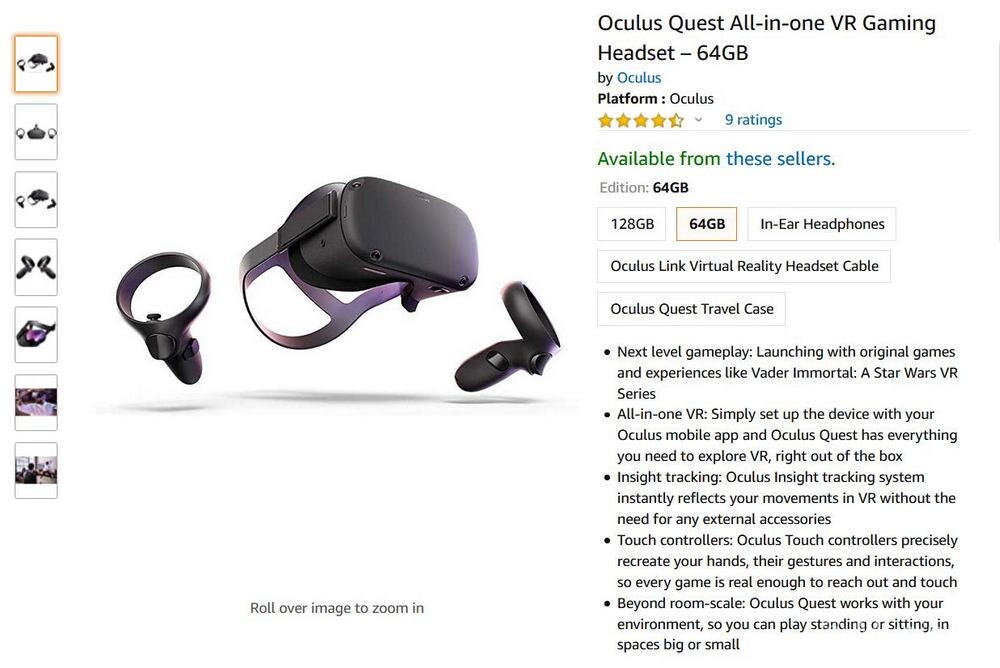It’s been nearly 4.5 years since I tried out VR gear, and that was with the Samsung Gear VR, blogged here. The technology was still in relative infancy – consumer-grade that is – back then, and suffered from issues that included pixelation, huge demands on the host phone’s battery life, and also touchy controls. And that’s not counting that I still am particularly susceptible to motion-induced nausea too, which means a huge proportion of VR content will quickly induce vertigo in minutes. I didn’t use the device much after all after the first month of use. Still, the item still sits in a box in my cupboard. And because my Samsung Note 5 is still in good working condition, I can still use the Samsung Gear VR if I wanted to give it a whirl.
My interest in VR content hasn’t entirely abated though, and this is in large part because one of the departments I continue to assist teaching in does VR and AR work, and the technology – in particular mobility and also control mechanisms – have improved significantly in the last few years. So, with a good level of trepidation, I decided to revisit VR and after a good deal of the usual fact-finding, settled on the Oculus Quest headset.
The Quest is one of the most accessible ways of getting into VR today from a price-point of view – it’s one of the most affordable all-in-one solution. But much more interesting is that Oculus has also made significant firmware improvements to the Quest since it was released just over a year ago in May 2019. Specifically, the Quest was first put out as a standalone device: its onboard memory and storage lets you buy games from the Oculus store and load them directly into the device. i.e.you get a true wireless and standalone experience on the Quest. The processor used in it though is adequate but not fantastic. This would had been a limitation to how far one can take the Quest normally.
But Oculus put out an incredible firmware upgrade at the end of 2019 for the Quest to support tethered content too. Adding that feature of course now puts the Quest in league with the top-end equipment, since you now get access to not just more content – e.g. on Steam – but how well the content can run now is no longer limited by the Quest’s onboard processor, but by the computer you’ve tethered it to. And that computer you can upgrade in the years to come.
This improvement that Oculus made was a huge bonus to the Quest, but it also simultaneously made it hard for enthusiasts to pick up the alternate model Oculus released in broadly the same timeframe: the Oculus Rift S, which supports tethered content only. On paper, the hardware specs on both slightly favors the Rift S – e.g. it has a sharper display – but the dual-functionality nature of the Quest now makes it the go-to choice now for most enthusiasts.
I couldn’t find the Oculus Quest on retail shelves here, Covid-19 and circuit breaker measures notwithstanding. There are plenty of resellers in online stores bringing them in here – but at marked-up prices. Amazon SG fortunately ships them here, and even factoring shipping costs and GST, the price differences between Amazon SG and other online resellers’ pricing was significant: several hundred dollars cheaper.

The item is frequently listed on back order, but it at least carries a reasonably consistent price-point at USD399. Stocks arrive fairly quickly though, so what one will want to do is to basically put it on order, and Amazon will ship it as soon as stocks are replenished. I placed an order for it on 13 June, and it arrived on 2 July, even though the initial expected delivery period was end-July.
Continued in the next post!
Recent comments